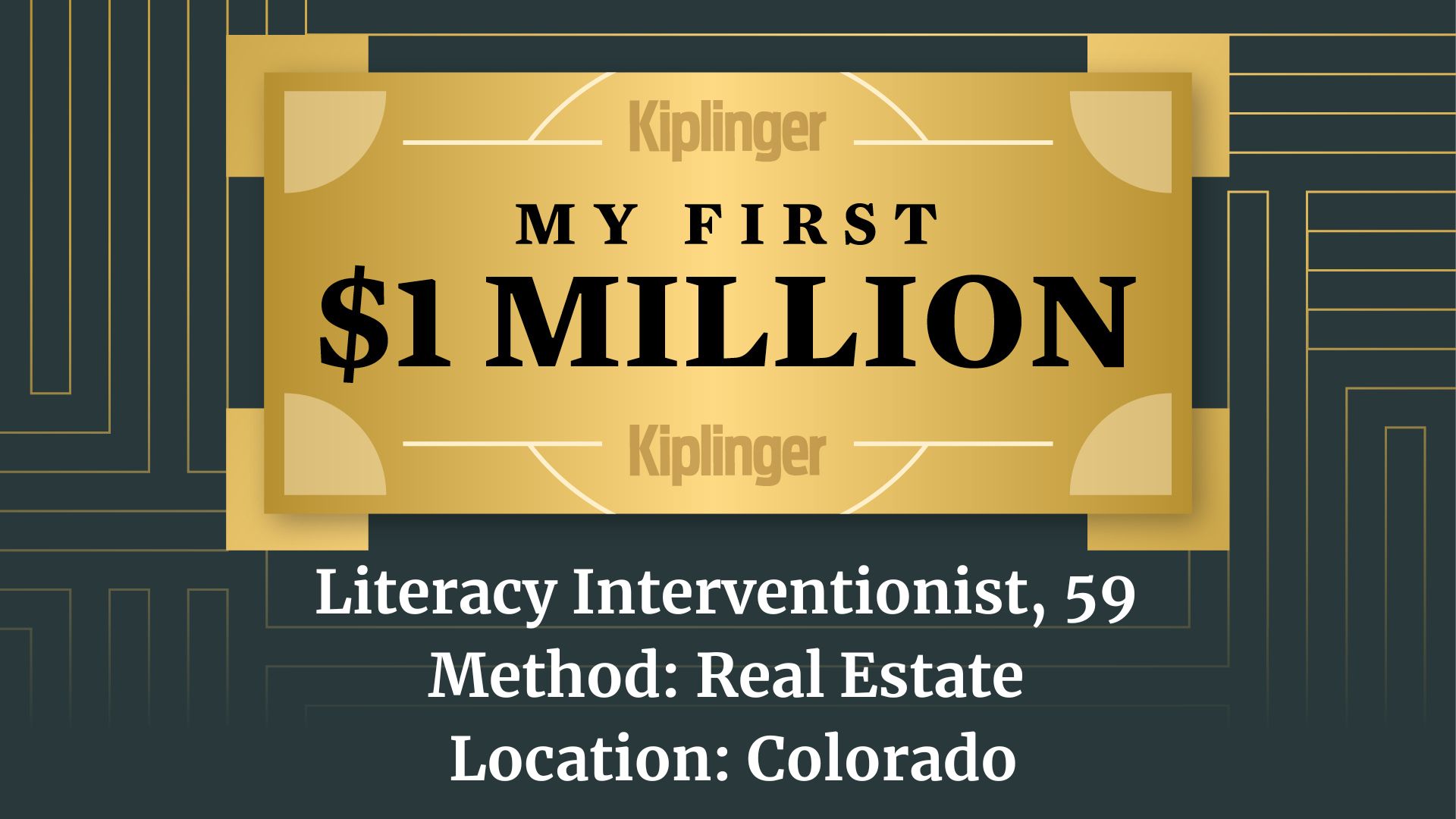Avoiding the Debt Trap for Your Child's Higher Education
A four-year college experience could easily cost a family $100,000 these days. So, to make it work, parents need to do three things: Start saving early, help their kids be realistic and get a little creative.


It is the dream of many parents for their children to attend college after graduating high school. However, as many of us have experienced, the cost of higher education continues to climb and is making it difficult, if not impossible, for many families to send their children to college.
I witness this frustration in many of my clients as we work through financial plans to take care of their needs today and their goals in retirement, while also funding educational expenses for their children and grandchildren. It’s increasingly challenging to guide my clients through a plan that will allow them to successfully navigate all of these goals, primarily due to the rising cost of higher education.
According to U.S. News and World Report, the average cost of tuition and fees in 2019-20 for private colleges is $41,426. At public colleges, it’s $11,260 for in-state residents and $27,120 for out-of-state students. When room and board, transportation and other expenses are added in, the average cost of a four-year education from a state school, for in-state residents, can be greater than $100,000. The average cost of a four-year private university can easily exceed $250,000. Though most schools provide scholarships or financial aid to reduce the overall “sticker price,” the cost can still be daunting.

Sign up for Kiplinger’s Free E-Newsletters
Profit and prosper with the best of expert advice on investing, taxes, retirement, personal finance and more - straight to your e-mail.
Profit and prosper with the best of expert advice - straight to your e-mail.
Start saving early
If you believe your child or grandchild will attend college, the first step is to start saving early. I almost always recommend a 529 college savings plan. These plans are easy to use, allow for tax-free or tax-deferred growth, and are offered by most mutual fund companies.
A great tool to research different state-sponsored 529 plans is www.savingforcollege.com. This site provides a lot of information on how to best save for college and get the most out of a 529 plan. Bottom line, $250 a month put into a plan earning 7% for 18 years should grow to around $100,000, which may not cover all the cost of college, but it will certainly help.
In many cases, debt is the only way to pay for the high cost of a college education, but I recommend to my clients to avoid debt if at all possible. Post-graduation debt is at an epidemic level in this country. According to the College Board, the average student debt balance for four-year public schools is $26,900, and $32,600 for private schools. This debt is carried by the student and does not include any debt that their parents might have also incurred to put their children through school — possibly jeopardizing their own retirement. So, start saving early!
Is college the right fit?
The second step is determining if your child will really benefit from a four-year degree, or if some other type of job experience or trade school might be a better fit. The days of going to college for the “experience” is a thing of the past. It is simply too expensive.
Parents should also determine if their child is ready for college. Many are. However, a year or two in college at a cost of $25,000 to $50,000 per year can be a big waste of money if the child doesn’t know what they want to do, or simply isn’t ready for the rigors of college-level classes. A “gap year” (or two) is becoming more the norm, giving young adults valuable life skills in a full-time job for a year or two out of high school. In many cases, they can save money to partly defray the cost of attending college.
I can assure you that young adults who use their own money to pay for tuition, books or even spending money will be much more frugal than their parent-funded colleagues!
Understand your ROI
Third, figure out the real cost of college and the potential return for the degree that is being sought. This can vary greatly, but determining a “return on investment” is necessary, due to the high cost — and is especially important if any debt will be carried by the graduate after college. What is the cost versus the most likely salary for a position in the field they are studying? What is the predicted need for jobs in the field of interest upon graduation?
I frequently work with couples who make too much money to qualify for grants or FAFSA assistance. In their cases, their child is often not in the top 10% of their class and didn’t score in the top tier on the SAT or ACT; therefore, the child is not eligible for performance-based scholarships, and is also not a five-star athlete being recruited to play Division I sports on a full ride. Unless there is a large amount of family money from which to pay the expense, we have to get creative.
One family’s creative solution
One client of mine was able to achieve their child’s desire of going to the college of her choice — and did so in a very financially responsible manner. Their daughter was bright, but not in the top 10%, so automatic acceptance to the university she wished to attend was not offered. She wanted to go to Texas A&M University, which her father and great-grandfather attended, but the competition was very tough.
She decided to deviate from the traditional path in high school of taking the AP and pre-AP classes that could give her GPA a boost. Instead, she took “dual credit” classes that were offered by a local community college at her high school. She graduated high school with 24 college credits, almost a full year! The cost of these college classes amounted to the cost of the books she needed to buy, so they were basically free.
She then enrolled in Blinn College, a two-year school that is known to work closely with Texas A&M to help students transfer when their two years of mostly prerequisite work are done. She completed all of her core classes at Blinn, made excellent grades, and was accepted into the Education program at Texas A&M to complete her junior and senior years.
The tuition at Blinn was $2,500 per semester, versus $7,500 at Texas A&M. The total cost of her four-year degree will be approximately $65,000, or roughly half of what four years at Texas A&M would have cost, including tuition, fees, expenses, room and board, and transportation.
I share this story as an encouragement to show that there are unconventional ways to accomplish the same goal. With the cost of higher education continuing to rise, more and more of these unconventional paths will need to be explored. So, start saving early and do everything possible to avoid the debt trap for education.
Get Kiplinger Today newsletter — free
Profit and prosper with the best of Kiplinger's advice on investing, taxes, retirement, personal finance and much more. Delivered daily. Enter your email in the box and click Sign Me Up.

David E. Redding, Market President and Senior Wealth Advisor at Argent Trust Company, helps clients navigate the complex world of estate planning, trust administration, wealth transfer and closely held business strategies. His 30 years of experience in the industry give him a depth and understanding to tackle real life problems faced by high net worth families as they plan for the transition of business interests and wealth to future generations.
-
 How This Literacy Interventionist Made $1 Million
How This Literacy Interventionist Made $1 MillionEver wonder how someone who's made a million dollars or more did it? Kiplinger's new My First $1 Million series uncovers the answers.
By Joyce Lamb
-
 Will My Children Inherit Too Much?
Will My Children Inherit Too Much?If you worry about how your children will handle an inheritance, you're not alone. Luckily, you have options — from lifetime gifting to trusts — that can help.
By Mallon FitzPatrick, CFP®, AEP®, CLU®
-
 Charitable Giving Lessons From Netflix's 'Apple Cider Vinegar'
Charitable Giving Lessons From Netflix's 'Apple Cider Vinegar'Charity fraud is rife, and a Netflix series provides a timely warning about donating money to a good cause without looking into its background.
By Peter J. Klein, CFA®, CAP®, CSRIC®, CRPS®
-
 Four Takeaways From Filing Your Taxes to Boost Your Financial Future
Four Takeaways From Filing Your Taxes to Boost Your Financial FutureNow that another tax season is in the rearview mirror for most of us, what lessons can you take from what you learned about your finances to plan for the future?
By Kate Winget
-
 What Claims Adjusters Are Thinking vs What They're Saying
What Claims Adjusters Are Thinking vs What They're SayingAfter a natural disaster, few of us are at our best, but here's what to keep in mind when you're interacting with your insurance company's claims adjuster.
By Karl Susman, CPCU, LUTCF, CIC, CSFP, CFS, CPIA, AAI-M, PLCS
-
 Looking to Make a Job Change? How to Stand Out Like a Pro
Looking to Make a Job Change? How to Stand Out Like a ProTo make a strong first impression in interviews or when networking, skip your job title and work history and use an opening gambit that highlights your talents.
By Anne deBruin Sample, CEO
-
 First 100 Days: Trump's Impact on Your Finances
First 100 Days: Trump's Impact on Your FinancesHere are some opportunities to consider regarding investing, interest rates and tax cuts as the financial landscape shifts under the new administration.
By Daniel Razvi, Esquire
-
 Children Can't Afford to Fly the Nest? Here's How to Help
Children Can't Afford to Fly the Nest? Here's How to HelpThe high cost of living means more adult children are staying at home. Here are four ways to help financially so they can eventually spread their wings.
By Kelli Kiemle, AIF®
-
 Should You Hire a Public Adjuster for Your Insurance Claim?
Should You Hire a Public Adjuster for Your Insurance Claim?As natural disasters strike more often, insurance clients are asking, 'What should I do, or who should I hire, if my insurance company is jerking me around?'
By H. Dennis Beaver, Esq.
-
 Home Insurance: How to Cut Costs Without Losing Coverage
Home Insurance: How to Cut Costs Without Losing CoverageNatural disasters are causing home insurance premiums to soar, but don't risk dropping your coverage completely when there are ways to keep costs down.
By Jared Elson, Investment Adviser